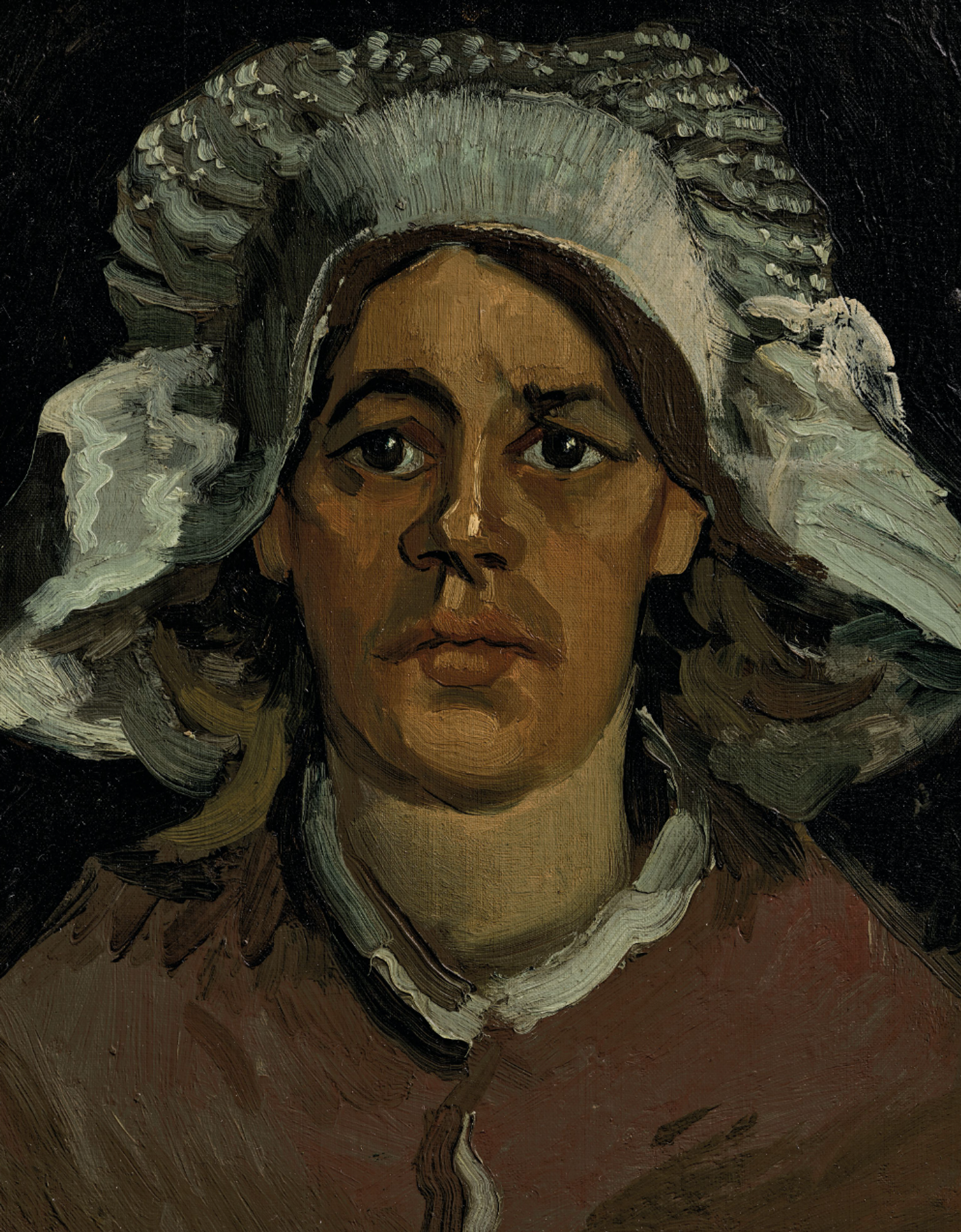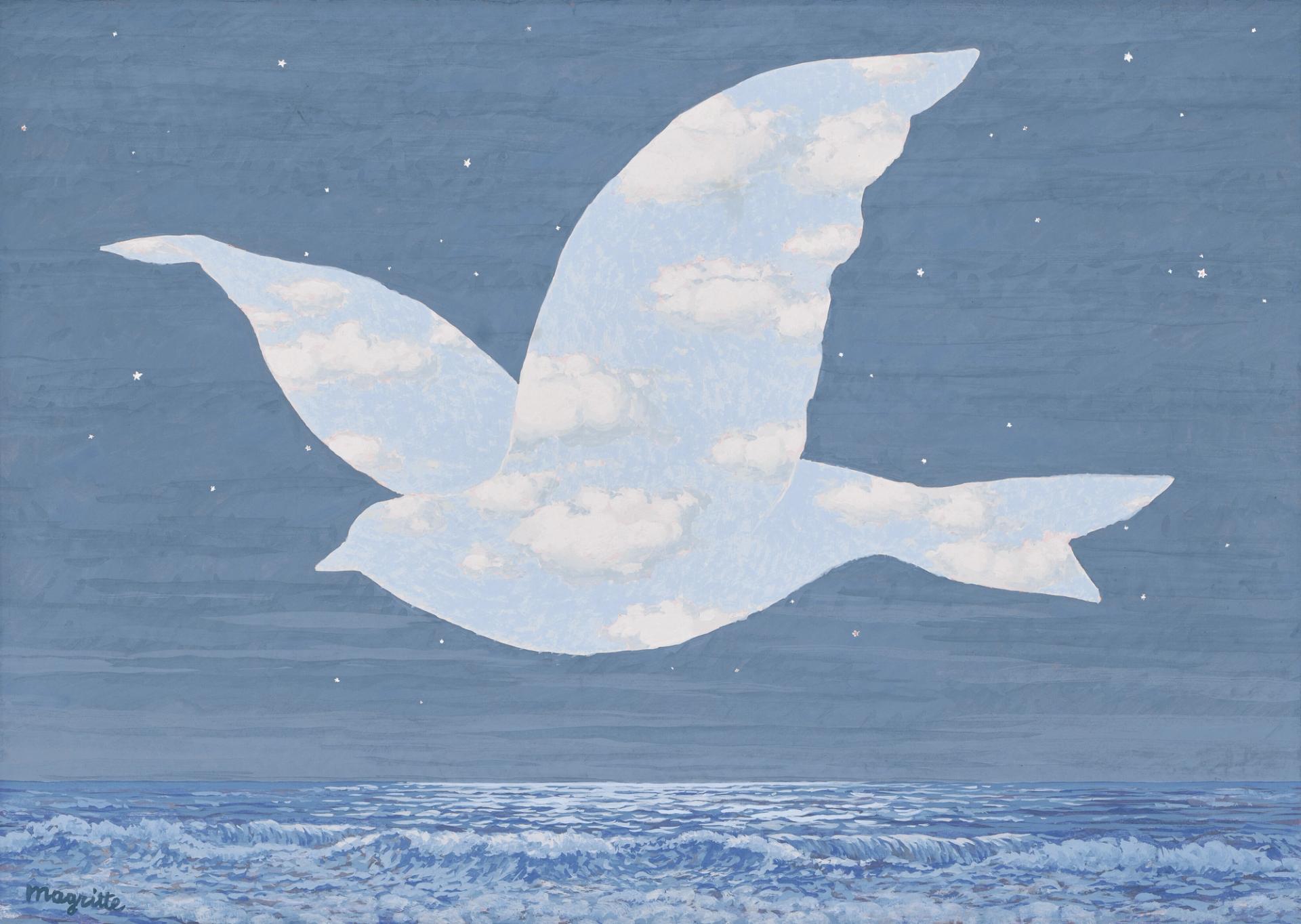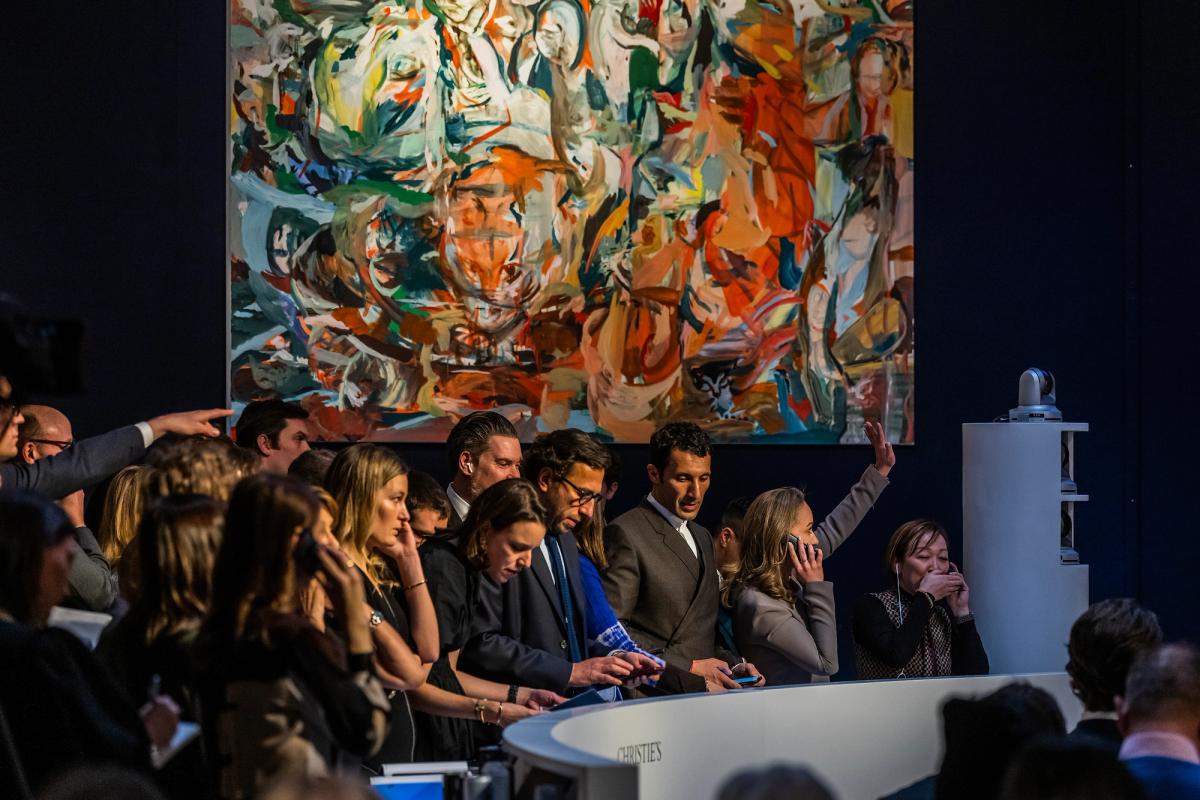London's spring sale season kicked off Tuesday afternoon at Christie's with a safe and unspectacular 20th and 21st century evening auction that achieved £106.1m (£128m with fees) from 64 lots, near the lower end of its £100m to £148m presale estimate (calculated without fees). It was immediately followed by the The Art of the Surreal sale, which took home £31.7m (£38.9m with fees) from 30 lots and made records for lesser figures in the movement such as Wolfgang Paalen and Oscar Dominguez. The combined total from the two sales was £137.8m (£167m with fees), with a sell through rate of 89% by lot. Guaranteed lots made up 28% of the sale, and three works were withdrawn: a bronze sculpture by Rodin, and paintings by Rudolf Stingel and Edgar Degas.
These results are 32% down from last year's equivalent evening sale at Christie's London, the 20th and 21st century portion of which made £155.8m (£182.6m with fees) and from six fewer lots. This is partly due to a lack of major works this year. While 2022's sale had two lots with estimates in excess of £30m, and a further two in excess of £10m, this year's sales had just one—Picasso's Femme dans un rocking-chair (Jacqueline) (1956)—with an eight-figure estimate (£15m-£20m).
"We weren't interested in chasing headlines, but rather putting together a strategic sale," says Christie's head of Impressionist and Modern art Keith Gill. He remains steadfast that Brexit and other political turmoil in the UK is "not having any real impact on our sales", crediting European, Middle Eastern and African buyers with keeping things afloat. He adds that the sales' "internationally attended" preview was a sign that "there is still demand from Europe to buy in London". Meanwhile, Tessa Lord, the auction house's interim head of post-war and contemporary evening sale, says that the increased number of lots in this sale was not an attempt to fill it up to achieve similar totals compared to last year, but was rather a decision made following the success of the record-breaking Paul G. Allen sale in New York in November.

Michaela Yearwood Dan's Love me nots (2021)
Courtesy of Christie's
Tuesday's sale was front-loaded, as is now typical, with works by nine ultra-contemporary artists. Leading the charge was the London-based Michaela Yearwood Dan, who made her Christie's debut with the pink floral painting Love me nots, executed less than two years ago in 2021. Five of Yearwood Dan's paintings have sold at Phillips and Sotheby's in the past 18 months for between £150,000 and £300,000, and today—thanks to ten bidders on the phone and in the room—her work reached a new record price of £580,000 (£730,000 with fees) against a conspicuously low £60,000 high estimate.
Similar highs were achieved for the Scottish artist Caroline Walker, whose new auction record was set by the orange-huedThe Puppeteer (2013). It elicited a four-way tussle that included two Asian buyers bidding by phone, and hammered for £500,000 (£680,000 with fees) to a bidder on the line with Christie's executive deputy chairman Barrett White. Less success was found by the polarising, Pace gallery-backed faux-naïf Robert Nava, whose 2018 painting Medusa's Lightning struggled to move past its £100,000 low estimate and hammered at £120,000 (£151,200 with fees).
Something of a novelty was the inclusion in a London evening sale of the Beijing-based painter Liu Ye. He is well represented in Hong Kong sales where he regularly achieves seven-figure results—nonetheless, all of his top 50 auction sales have taken place in East Asia, until today. Following a five-minute skirmish between three phone bidders, one in the UK and two from Asia, The Goddess (2018) sold via Christie's Hong Kong specialist Elaine Holt for £2.5m (£3.1m with fees), more than double its £1.2m high estimate, albeit not a price that breaks the artist's top ten results at auction.

Vincent van Gogh's Head of a Woman [Gordina de Groot] (1885)
Courtesy of Christie's
Moving onto the middle half of the sale—filled with 19th-century treasures, 20th-century titans and a few established contemporary names—the greatest thrill was Vincent van Gogh's Head of a Woman [Gordina de Groot] (1885), depicting a Dutch farmworker that he was rumoured to have impregnated (Van Gogh vehemently denied all such accusations). The work was consigned by the descendants of the Hague-based banker Henri Daniel Pierson, who bought it from a Rotterdam dealer in the early 20th century. The work was today offered for between £1m to £2m, reflecting how much lower the painter's Dutch period is priced compared to his French one. But this price seemed to work in its favour, as straight out of the gate it attracted a flurry of bids that pushed it up quickly to double its high estimate, hammering for £4m (£4.8m with fees) within two minutes to the London dealer Daniel Katz—just one of two in-person winning bids made Tuesday in the London salesroom.
Further highlights from this portion of the sale were a pair of Lucian Freud paintings executed at either end of his long career. Both had once been held in the collection of the late British art patron Simon Sainsbury. The first, a Scilly Isles beachscape, swam to squarely within its estimate and hammered for £3.8m (£4.6m with fees). The other work, a bucolic view of Freud's Kensington garden, also hammered at £3.8m (£4.6m with fees) against a £3.5m high estimate. It went to the same phone bidder who had earlier given Walker her new auction record. The Freud works will now be separated for the first time since they were purchased together in the 1980s.
Later on, a calm reception for a quintet of Picassos—all backed by third-party guarantees—suggested a staid stability in the Malaga master's market, whose centenary celebrations are currently underway across the world. The most expensive of these, the aforementioned portrait of his second wife Jacqueline Roque, hammered at £14.5m, just under its £15m low estimate (with fees, the price came to £16.8m). However, a David Hockney drawing inspired by Picasso invited more buzz, making £3.6m (£4.3m with fees) against a £2m high estimate.

Magritte’s Le retour (around 1950)
Courtesy of Christie's
Results for the Art of the Surreal portion of the sale were mixed, with the total of £31.7m (£38.9m with fees) landing comfortably within its pre-sale estimate of £27.5m to £42m. Two lots went unsold to give a robust sell-through rate of 94%. According to Christie’s deputy chairman of Impressionist and Modern art, Olivier Camu, an “increased awareness of Surrealism as an international movement” translated “into spirited bidding”, certainly during pockets of the sale.
Twenty-five works were consigned by an anonymous couple from San Francisco who began collecting in the early noughties during the first dot-com wave, Camu says. Artnet News reported the consignors to be Gary and Kathie Heidenreich, though Christie’s declined to comment on this speculation. The couple’s collection alone brought in £13.1m (including fees).
Topping the bill but hardly setting the saleroom on fire (perhaps because they were buttoned down by third-party guarantees) were René Magritte’s Le retour (around 1950), which fetched £5.1m (£6.1m with fees, against an estimate of £4m to £6m), and Le masque de la foudre (1965-66), which went for £3.7m (£4.5m with fees, against an estimate of £3m to £5m). Le retour was previously offered at Christie’s in 2004 with an estimate of £400,000 to £600,000.


